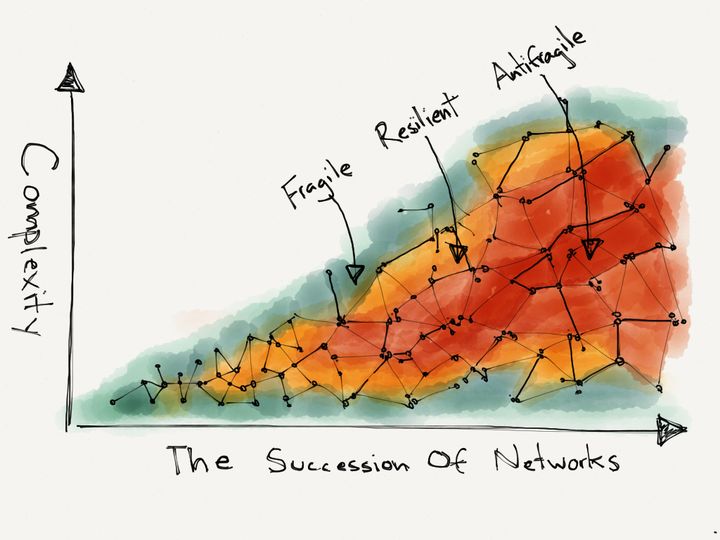
Boundary surveys are some of the most time consuming and expensive work tasks in the real estate field. While the in-depth assessments normally take weeks or even months to complete, technology is changing the process for the better. Today’s commercial real estate developers are saving both time and money by utilizing the latest technology in their work.
GPS Technology
One of the most helpful technological developments for boundary surveying is the invention of the GPS, or Global Positioning System. Being able to map out most locations with a GPS has cut hours of work from the typical boundary survey process, making it easier than ever to establish property boundaries while working up a survey. It can help any surveyor become more accurate and efficient on the job. Even those who do not wish to rely upon a GPS unit for their final boundary line measurement can still use it as a backup measurement to double check their records without having to go over them multiple times to ensure accuracy.
Laptops
Taking a laptop out to the field is a major technological development in commercial real estate. Individuals who can instantly record data, check numbers and research the area on site will be able to finish the job much more quickly and efficiently than those who find themselves toting home notes to conduct work at a much later hour. A laptop creates an instant, portable office that can be utilized almost anywhere. It also provides professionals with instant access to one another’s files and other data, eliminating the need to call and ask for copies to be faxed over from an actual brick and mortar office.
Smart Phone Applications
If a laptop makes work in the commercial real estate field portable and easy, a smart phone doubles both benefits. Not only can a smart phone be carried easily within a pocket, creating the lightest load of office equipment possible, but it also comes with a plethora of applications to help make measuring, sharing files and surveying land even simpler to do. Topography map apps and GPS tracking apps can help assess areas even more quickly than a computer while apps like Boundary Viewer can help realtors find property lines without much effort at all. There are even apps that the general public can use to assess their own property lines to settle neighborhood disputes.
Cloud Computing
The Cloud has made life easier for people in nearly every job sector, commercial real estate included. Sharing files via the Cloud makes all of the information accessible to every person involved in the survey, eliminating the need to wait for files to be viewed, sent and shared by multiple parties. Workers who normally await instructions can now simply log on, access the information and follow through with tasks to complete the survey. Managers can also work more quickly without the added task of supplying documents to each required party in order to complete the boundary survey.
Even with all of these technological advances in place, boundary surveying can still be a long and drawn out process. As technology continues to advance and innovators dream up ways to improve the process, one day the process of boundary surveys in commercial real estate may be as simple as dotting a few I’s and signing on the dotted line.








